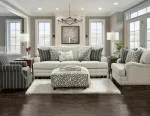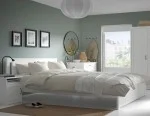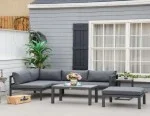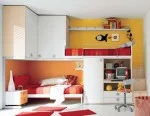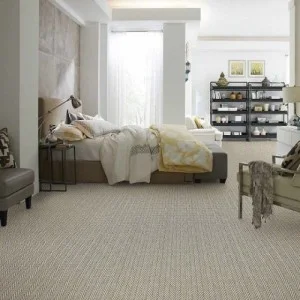Home / floor skirting
FLOOR SKIRTING: THE ULTIMATE GUIDE
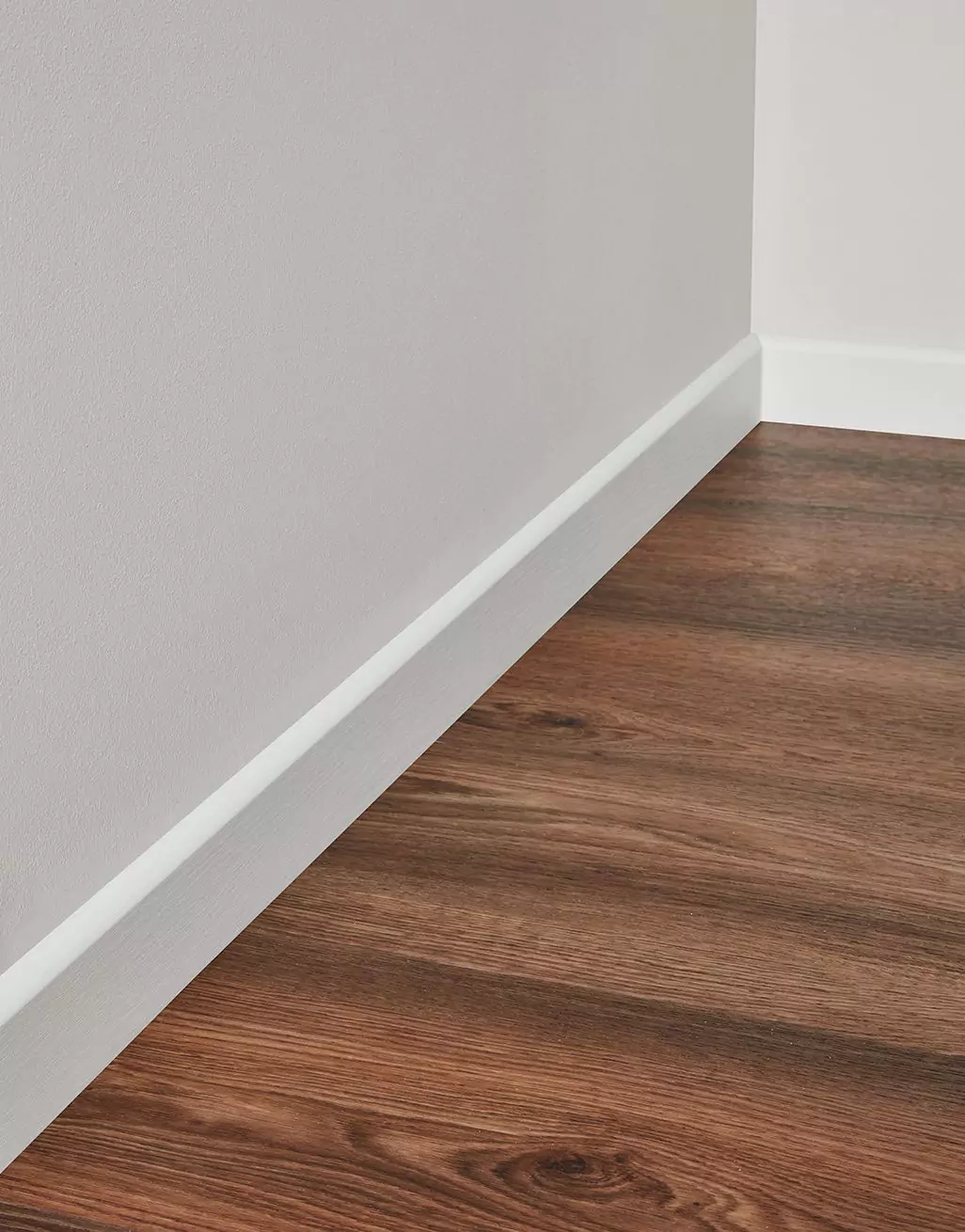
Floor skirting, also known as baseboard or molding, is a finishing trim that is installed at the bottom of interior walls where they meet the floor. The primary function of floor skirting is to cover the joint between the wall and the floor, creating a smooth transition and protecting the wall from scuffs and damage.
Floor skirting can be made from a variety of materials, including wood, vinyl, MDF (medium-density fiberboard), PVC (polyvinyl chloride), and metal. The choice of material will depend on factors such as the style of the room, the level of durability required, and the budget.
Floor skirting can be simple or ornate in design, and is available in a range of colors and finishes to complement any decor. Some common styles of floor skirting include:
- Plain or square skirting: A simple, straight-edged design that is often used in modern or minimalist interiors.
Colonial or classical skirting: A decorative style with curved edges and intricate details, often used in traditional or historic homes.
Victorian or Edwardian skirting: A highly ornate style with detailed mouldings and intricate designs, commonly used in period homes.
- Bullnose skirting: A style with a rounded or curved edge, often used to create a smooth transition between the floor and the wall.
Floor skirting is typically installed after the flooring and walls have been completed, and can be attached using nails, screws, or adhesive. Proper installation is important to ensure a secure and professional-looking finish.
The use of floor skirting can be traced back to ancient Rome, where baseboards were used to protect walls from damage and to conceal gaps between the wall and the floor. These baseboards were typically made from marble or other high-quality stone and were highly ornate, featuring intricate carvings and patterns.
In Europe, the use of floor skirting became more widespread during the Renaissance, when wealthy homeowners began to decorate their homes with elaborate mouldings and decorative trim.
By the 18th and 19th centuries, the use of floor skirting had become common in both grand public buildings and private residences, with a variety of styles and materials available.
In the United States, the use of floor skirting became popular in the mid-19th century, when it was used to protect plaster walls from damage caused by mopboards and brooms.
As new materials like MDF and PVC became available in the 20th century, floor skirting became more affordable and accessible, and it is now a standard feature in many homes and commercial buildings. Today, floor skirting is available in a wide range of styles and materials, from traditional wooden mouldings to modern PVC options. It remains an important finishing touch for interior spaces, providing both practical and aesthetic benefits.
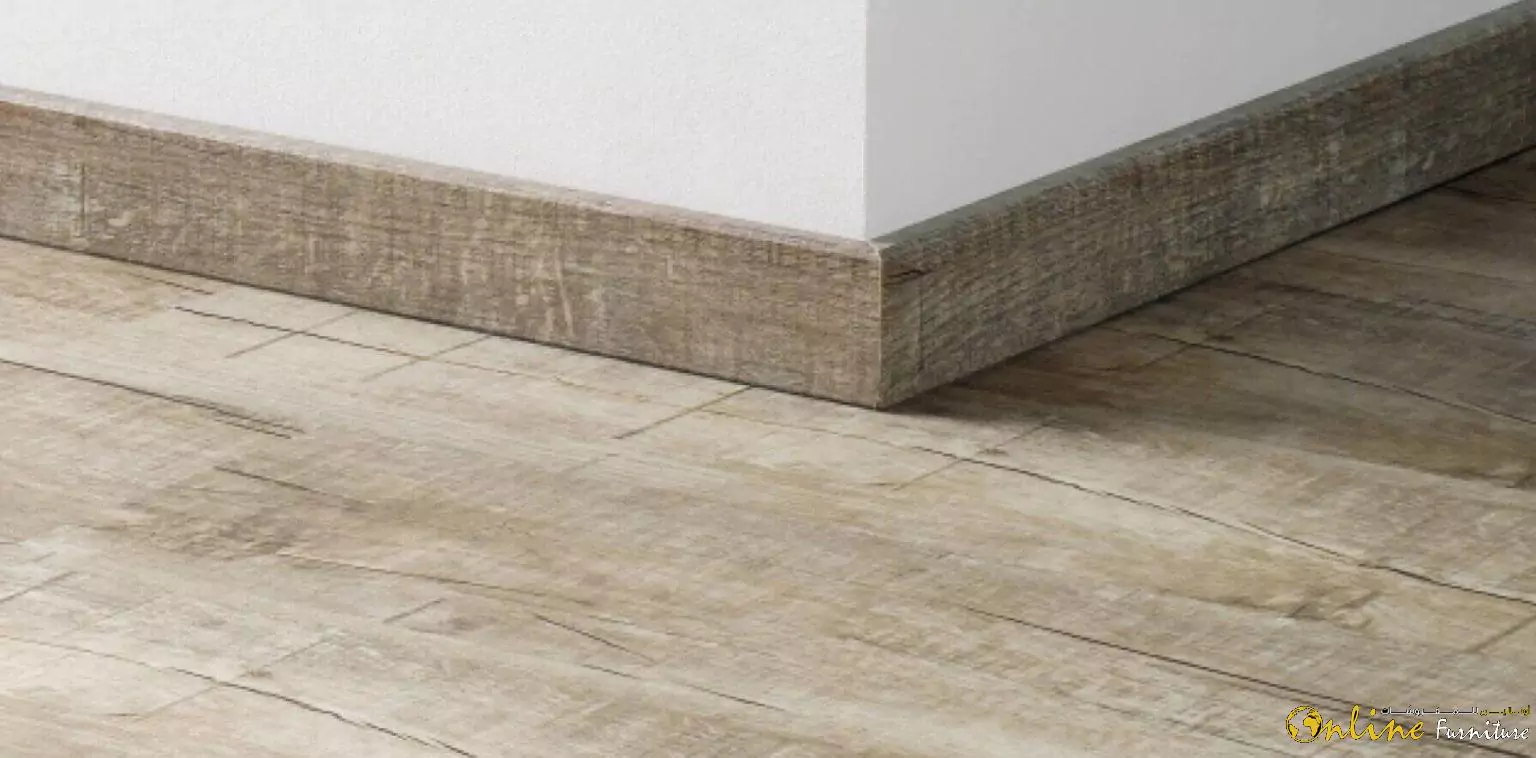
Floor skirting offers several advantages for interior spaces, including:
- Aesthetic appeal: Floor skirting can enhance the appearance of a room by providing a finished, polished look to the transition between the wall and the floor. It can also be used to create a cohesive design scheme by coordinating with other elements in the room, such as the flooring, paint, or furniture.
- Protection: Floor skirting helps to protect the base of interior walls from scratches, scuffs, and damage caused by furniture, vacuum cleaners, and foot traffic.
- Concealment: Floor skirting can be used to conceal any gaps or imperfections between the floor and the wall, creating a clean and seamless look.
- Insulation: Floor skirting can help to prevent drafts and air leakage from entering a room by filling the gap between the wall and the floor.
- Hygiene: Floor skirting can also help to promote hygiene by preventing dust and debris from collecting in the gap between the wall and the floor.
Overall, floor skirting is an important finishing touch that can improve the appearance and functionality of interior spaces. It is available in a range of materials and styles to suit any design preference, and can be a relatively inexpensive way to add value to a room.
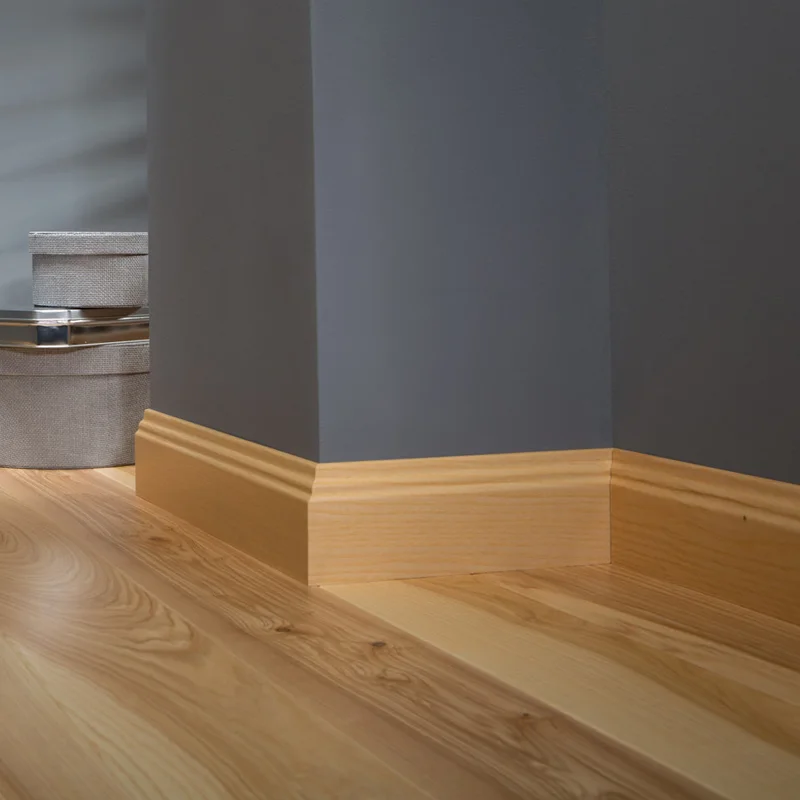
FAQ'S
The size of floor skirting depends on the height of your walls and the size of your room. Generally, skirting boards range from 2 to 6 inches in height.
Yes, floor skirting can be installed by a homeowner with basic DIY skills. However, it’s important to ensure that you have the necessary tools and materials before starting the installation process.
The color of floor skirting should complement both the flooring and the walls. It can either match the color of the flooring or the walls, or it can be a contrasting color that creates visual interest.
The cleaning requirements for floor skirting depend on the material. Wood skirting can be wiped down with a damp cloth and mild cleaner, while PVC and metal skirting can be cleaned with a damp cloth.
Yes, old floor skirting can be removed and replaced with new skirting. However, it’s important to ensure that the new skirting is compatible with the existing flooring and walls.
